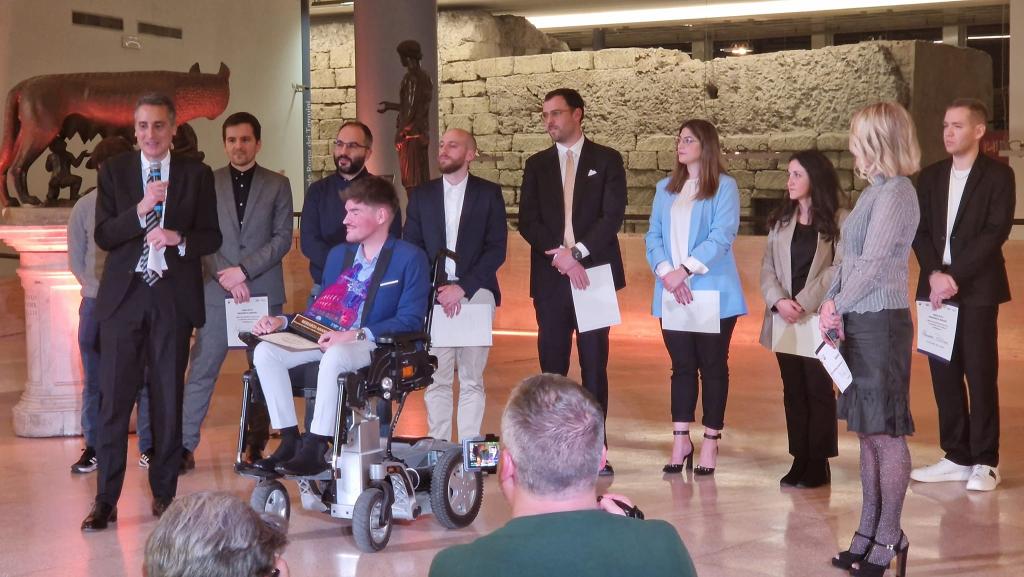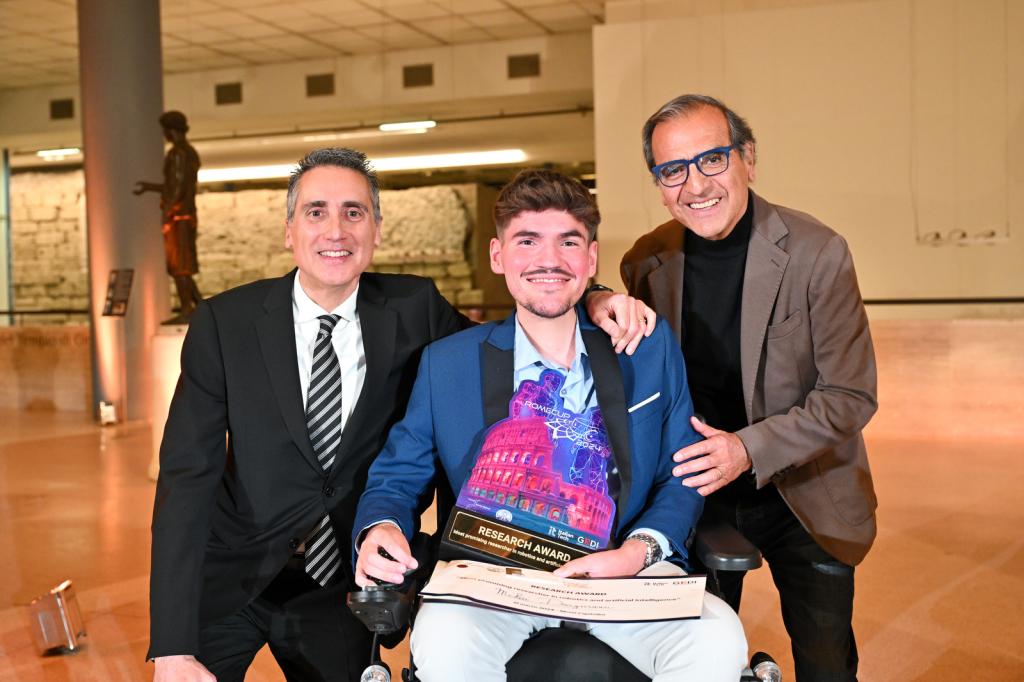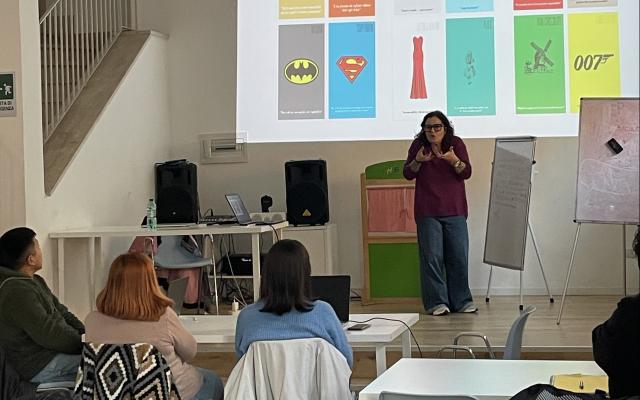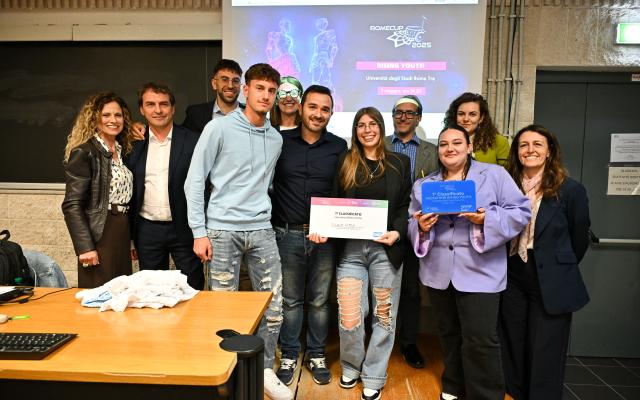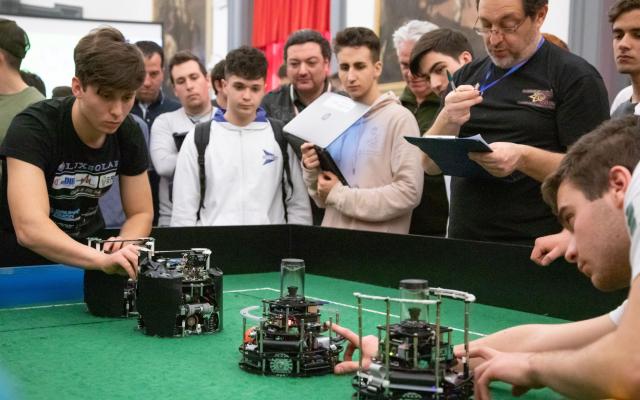A researcher from Siena wins the second edition of the Research Award.
Flexible, modular, custom-tailorable, easy to wear as a track suit, comfortable and precious like a “golden track suit” … this is how assistive and rehabilitative technology for upper limbs is imagined by Mihai Dragusanu, 30, a researcher at the University of Siena in the Department of Information Engineering and Mathematical Sciences.
Mihai Dragusanu received the award (20,000 euro) at the second edition of the Most Promising Researcher in Robotics and Artificial Intelligence, promoted by the Fondazione Mondo Digitale ETS with the Rome Campus Bio-Medico University and in collaboration with Italian Tech and the Gruppo GEDI [see news: Research Award 2024: Ten Finalists]. The awards ceremony was held during "The Wonders of Artificial Intelligence" event hosted by journalist Riccardo Luna.
“Assistive and rehabilitative technology is fundamental to improve the lives of individuals with disabilities. Devices for upper limbs, such as exoskeletons and exo-skeletal gloves are often bulky and difficult to use,” explains Mihai. “Designing light exoskeletons that provide adequate dexterity and reliability is an open challenge. One solution is the modular exoskeleton for upper limbs that exploits the strength generated by twisted-string actuators (TSAs) to activate upper limbs. Using TSAs with a modular exoskeleton provides advantages in terms of comfort, weight-power ratio, cost, and high precision of movements, as well as reducing fatigue from prolonged use.”
To date, Mihai has worked on Assistive and rehabilitative exoskeletons, focusing on hands, wrists, and the hand-wrist integration. He produced a semirigid hand-wrist exoskeleton that also monitors the patient. Using TSA technology, he has developed an innovative modular glove that is currently being tested. It is able to abduct/adduct each finger as well as flex and extend them. He is currently working on modules for elbows and shoulders and their integration with the hand-wrist module. “The definition of a module control system based on AI will animate the exoskeleton,” explains Mihai. “The device will exploit AI to interpret the patient’s intentions and constantly monitor the physical state of their upper limbs via a tracking system and integrated control algorithm. Collected data will be transmitted to the cloud to allow specialists to analyse patient progress in real-time.”
Mihai also focuses on user emotions and sensations. The main objective is to allow the user to perceive the device as a natural extension. “The combination of AI and a control system plays a crucial role, guaranteeing a more intuitive and empathic interaction between the user and the exoskeleton,” which becomes much more than a protective or rehabilitative system.
